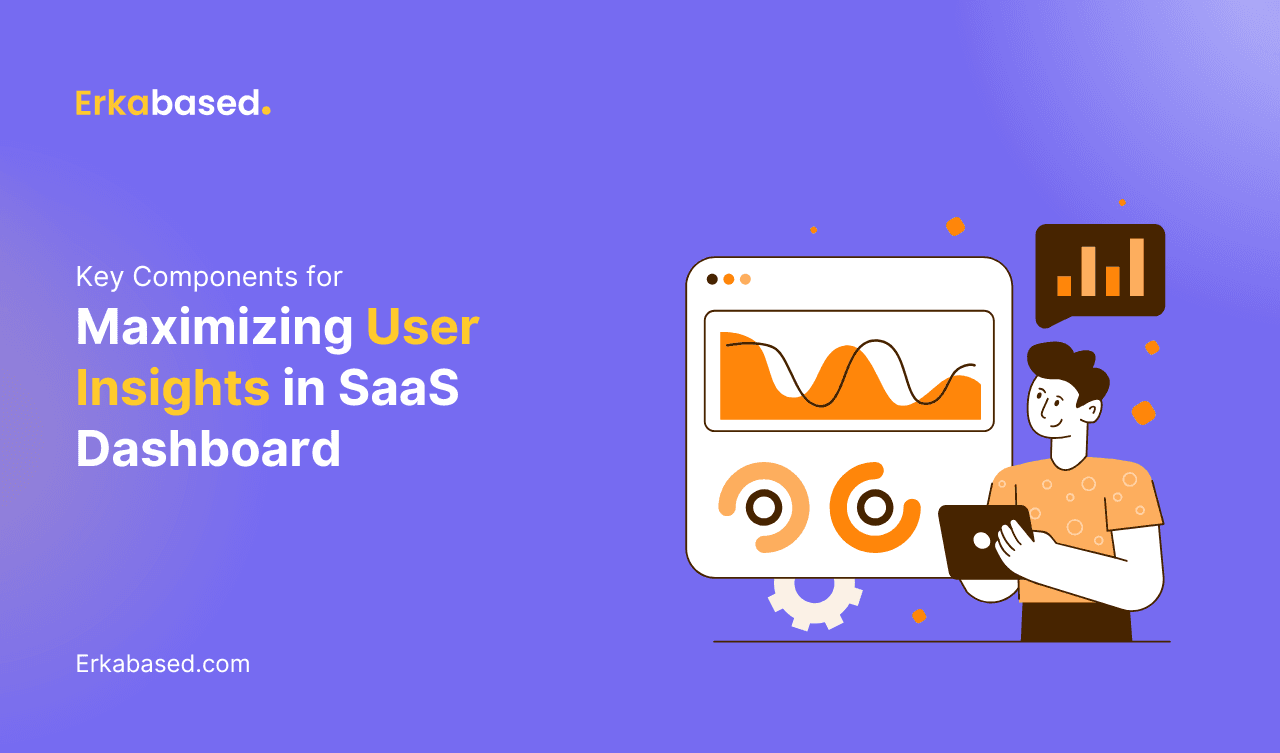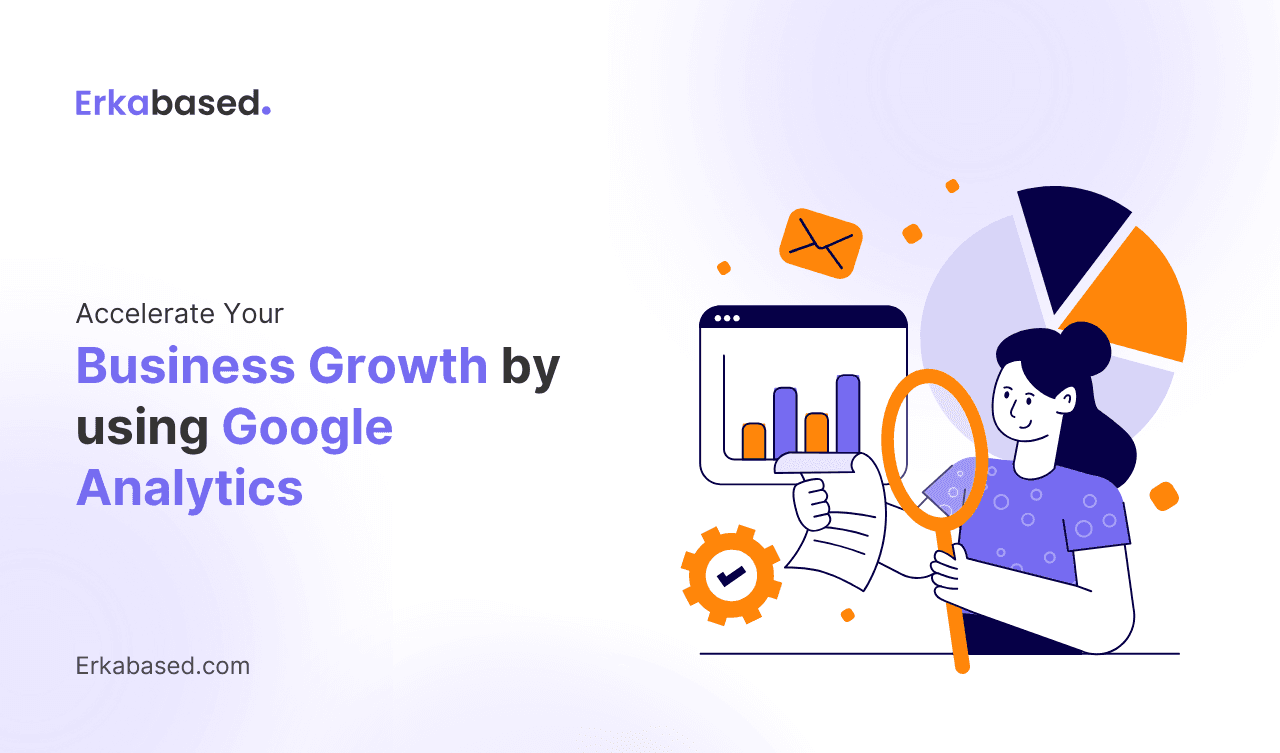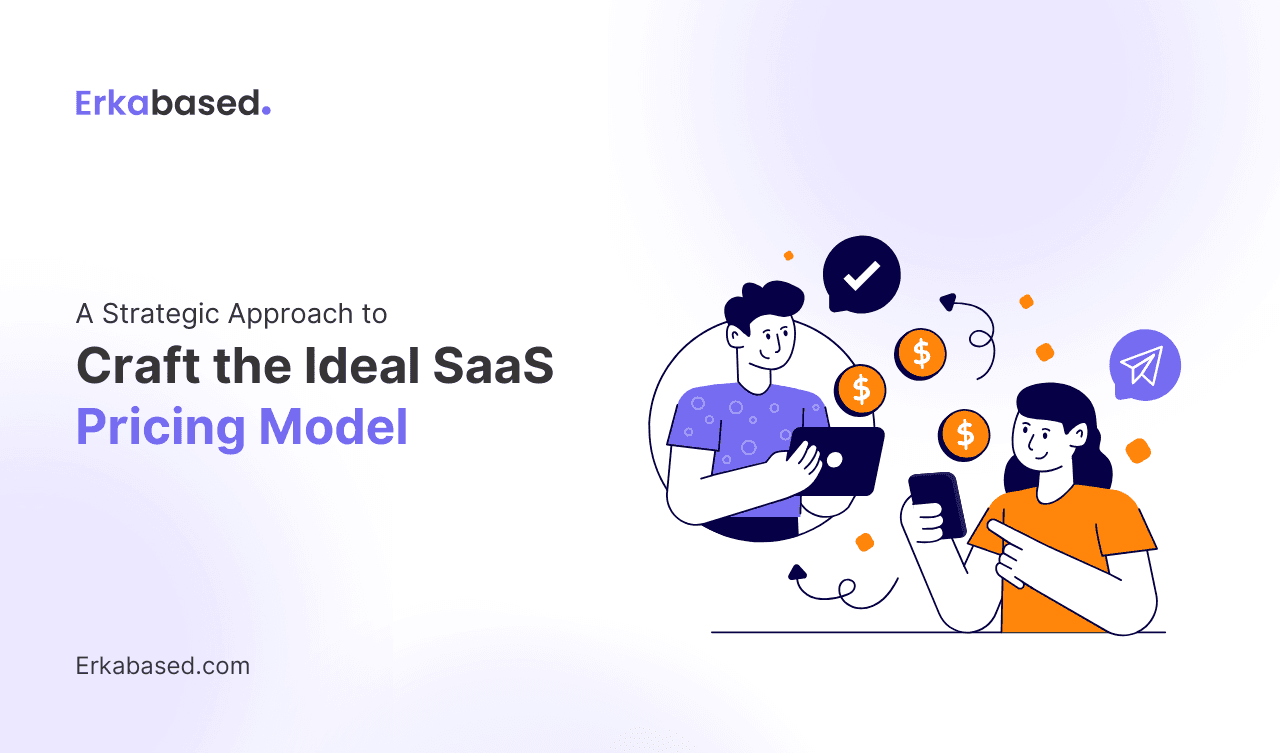Introduction
In the world of B2B SaaS, user engagement and retention are essential for long-term success. Unlike traditional software models, SaaS businesses rely on continuous relationships with their customers. It’s no longer just about selling a product; it’s about nurturing an ongoing experience. As a result, understanding the stages of the SaaS customer journey and strategically managing touchpoints is vital to delivering value and keeping users engaged.
This article breaks down the critical stages of the B2B SaaS customer journey, exploring key touchpoints where businesses can build stronger relationships, foster loyalty, and improve retention rates. By aligning your strategy with these stages, your SaaS product can not only attract new users but also retain them as long-term advocates for your brand.
Why the SaaS Customer Journey Matters
The SaaS customer journey is a roadmap of how users interact with your product from their first touchpoint to becoming loyal, long-term customers. In B2B environments, this journey is often more complex than in B2C, involving multiple decision-makers, extended sales cycles, and higher stakes. Understanding each stage allows SaaS businesses to optimize interactions, deliver personalized experiences, and ultimately increase customer satisfaction and retention.
Effective customer journey management is crucial because:
- It enhances user engagement: By delivering targeted messaging and support at each stage, you keep users engaged and more likely to stay with your product.
- It improves retention rates: Understanding and anticipating user needs help reduce churn and keep customers loyal.
- It drives growth: Satisfied customers are more likely to recommend your product to others, leading to organic growth through referrals.
The Key Stages of the SaaS Customer Journey
The SaaS customer journey typically follows a progression through several stages. Each stage represents a new set of challenges and opportunities for engaging your users. Understanding these stages and tailoring your strategy to them can dramatically improve user experience and retention.
Awareness: The Initial Discovery
The customer journey begins when a potential user first becomes aware of your product. This is often the most competitive stage, as potential customers are exploring various options to solve their business problems. In the awareness stage, it’s essential to position your SaaS solution as a credible, valuable option.
Key touchpoints at this stage:
- Content marketing: High-quality blog posts, whitepapers, webinars, and case studies can demonstrate your expertise and build trust with potential customers. Make sure your content highlights the specific problems your SaaS solution addresses.
- SEO and paid search: Ensure your website is optimized for search engines and invest in paid search advertising to increase visibility. Potential users must be able to find your product easily when searching for solutions to their business challenges.
- Social media and online communities: Engaging in conversations on social media platforms and participating in relevant industry communities can help raise awareness of your brand and product.
At the awareness stage, focus on demonstrating the value of your solution and educating potential customers about how it can address their specific pain points.
Consideration: Evaluating Solutions
Once a potential customer is aware of your product, the next step is consideration. During this stage, customers are actively evaluating whether your SaaS solution is the right fit for their needs. They may be comparing your offering to competitors, seeking feedback from peers, or testing different solutions.
Key touchpoints at this stage:
- Product demos and free trials: Offering live demos or free trial periods is a powerful way to showcase the capabilities of your SaaS product. A hands-on experience allows potential customers to see the value firsthand and evaluate how well your product solves their specific challenges.
- Customer reviews and testimonials: Peer recommendations and success stories are highly influential in the consideration stage. Displaying reviews, case studies, and testimonials on your website helps build trust and credibility.
- Sales team outreach: In B2B SaaS, personalized outreach from a knowledgeable sales team can make a significant impact. Your sales team should be equipped to answer specific questions, demonstrate value, and differentiate your solution from competitors.
During the consideration phase, your goal is to provide all the necessary information and resources potential customers need to make an informed decision. Personalization and direct communication are key to standing out in this competitive stage.
Decision: Finalizing the Purchase
At the decision stage, the potential customer is ready to commit to a solution, and your job is to remove any final barriers to the purchase. The focus here should be on providing a smooth, straightforward purchasing process and reinforcing the value of your SaaS product.
Key touchpoints at this stage:
- Pricing transparency and flexibility: Provide clear, transparent pricing information and offer flexible payment options. Many SaaS companies offer tiered pricing based on the size or specific needs of a business, which allows potential customers to choose the plan that works best for them.
- Support during contract negotiation: For larger B2B deals, there may be contract negotiations and approval processes. Your team should be readily available to guide customers through this phase and address any concerns that may arise.
- Onboarding readiness: Offering a seamless onboarding experience is crucial once the decision is made. Ensure that as soon as a customer commits, they can get up and running quickly with dedicated onboarding resources or a customer success manager.
During the decision stage, it's essential to reinforce the value your product offers while eliminating any friction in the purchasing process.
Onboarding: The First Experience with Your Product
Once a customer has made a purchase, the onboarding stage begins. This is one of the most critical phases in the SaaS customer journey, as it sets the tone for the rest of the customer’s experience with your product. Effective onboarding helps users understand how to use your product, highlights its core features, and ensures they start seeing value quickly.
Key touchpoints at this stage:
- Welcome emails and product tutorials: As soon as a customer signs up, send a series of welcome emails that guide them through the initial setup process. Include tutorials, tips, and links to helpful resources.
- Interactive walkthroughs: Use in-product tours or interactive walkthroughs to guide users through key features. This helps new customers feel confident using your product without needing extensive training.
- Customer success support: Assigning a customer success manager to higher-tier clients can help ensure that they have a dedicated point of contact for any questions or issues they encounter during the onboarding process.
Effective onboarding can make or break the customer experience. The goal is to make it as easy as possible for users to adopt your product and understand its full value.
Engagement: Driving Long-Term Value
Once users are onboarded and familiar with your product, the next challenge is keeping them engaged. Engagement is critical for customer retention, as customers who actively use your product are more likely to remain loyal and continue their subscriptions. This stage is all about helping users derive ongoing value from your product and building deeper relationships with them.
Key touchpoints at this stage:
- Regular check-ins: Whether through automated emails or personal outreach from your customer success team, regular check-ins help keep users engaged and ensure they are getting the most out of your product.
- Educational content: Offering ongoing educational content—such as webinars, how-to guides, and best practice resources—helps users discover new ways to use your product and increase their overall satisfaction.
- In-app messaging and notifications: Use in-app messaging to highlight new features, share tips, or offer assistance. Timely and relevant notifications can encourage users to explore different parts of the product and maintain engagement.
The engagement phase focuses on maximizing the long-term value customers receive from your SaaS solution. The more value they see, the more likely they are to remain loyal.
Renewal or Expansion: Keeping Customers and Growing Accounts
For SaaS businesses, retaining customers is just as important as acquiring new ones, if not more so. At the renewal stage, your focus should be on ensuring that customers are satisfied and that there are no barriers to renewing their subscription. For some customers, this may also be the time to discuss expanding their usage of your product, whether through additional features, higher-tier plans, or custom solutions.
Key touchpoints at this stage:
- Usage analytics and performance reviews: Providing customers with reports on how they’ve benefited from your product can reinforce its value and justify renewal. Regular performance reviews can also open up opportunities for upselling or cross-selling additional services.
- Proactive renewal outreach: Don’t wait until the last minute to discuss renewal. Begin outreach well in advance of the subscription expiration date to ensure customers have plenty of time to review their options and address any concerns.
- Discounts or incentives for long-term commitments: Offering discounts or other incentives for long-term renewals or plan upgrades can help keep customers committed to your product and prevent churn.
At this stage, the goal is to secure customer renewals by reinforcing value, addressing any potential concerns, and exploring opportunities for account expansion.
Conclusion
Understanding and optimizing the SaaS customer journey is essential for driving user engagement, satisfaction, and retention. Each stage of the journey offers unique opportunities to strengthen your relationship with customers and increase their lifetime value. By paying close attention to the key touchpoints at every stage—awareness, consideration, decision, onboarding, engagement, and renewal—you can create a seamless and positive experience that keeps customers coming back.
At Erkabased, we specialize in designing customized digital solutions that align with the needs of SaaS businesses. Our team understands the importance of optimizing each stage of the customer journey to ensure that your product not only attracts users but keeps them engaged for the long term. Let us partner with you to elevate your SaaS product and create lasting customer relationships.






